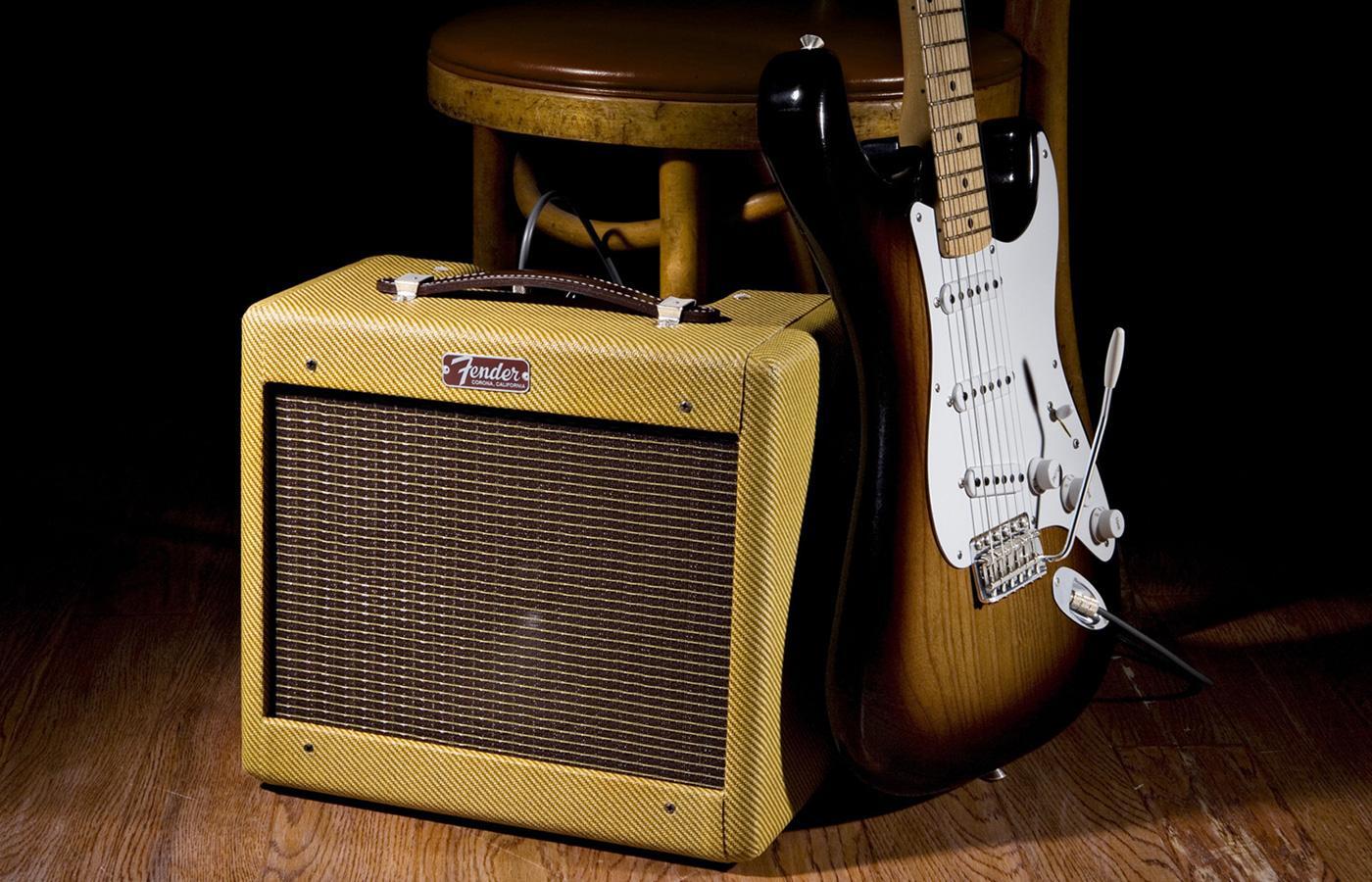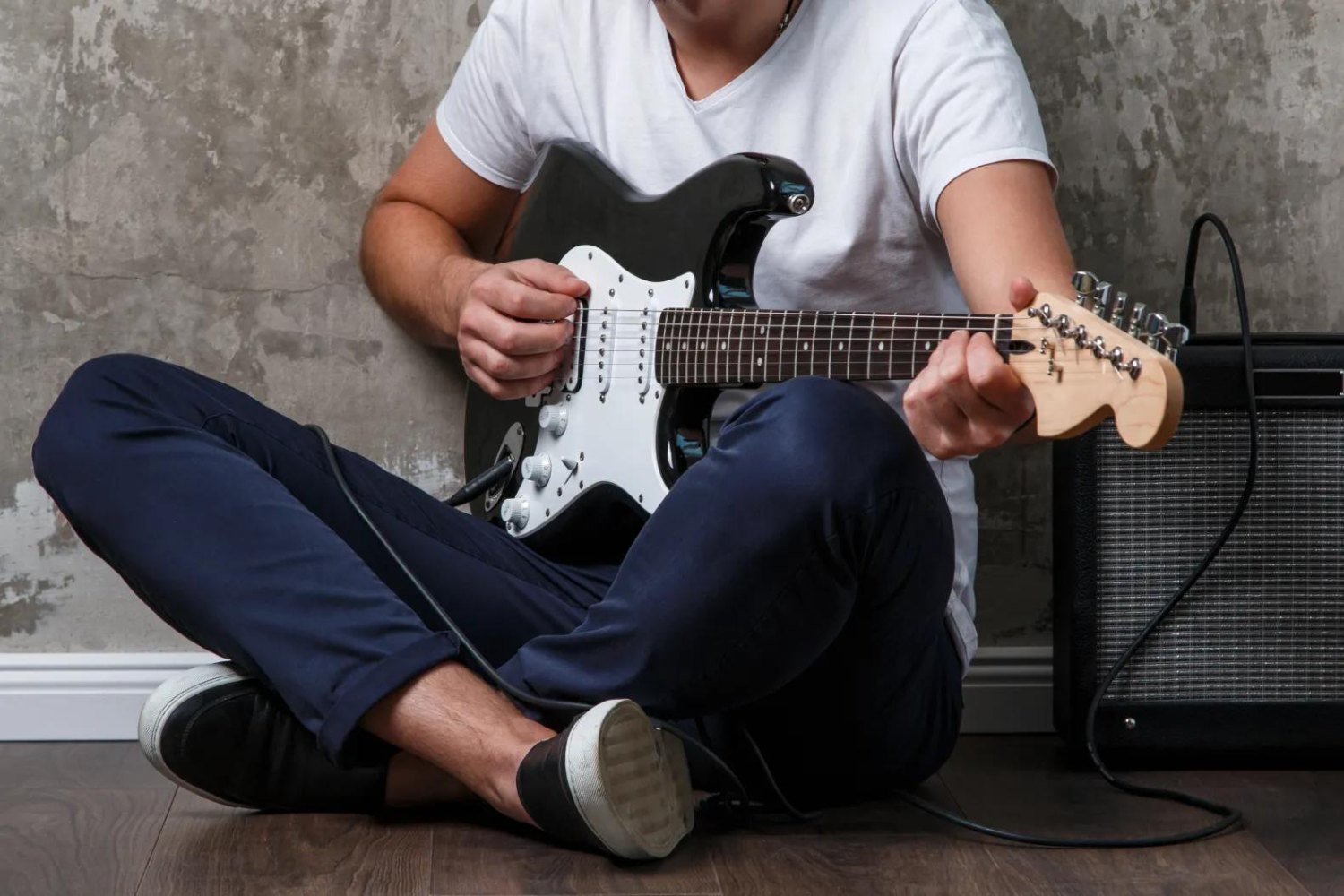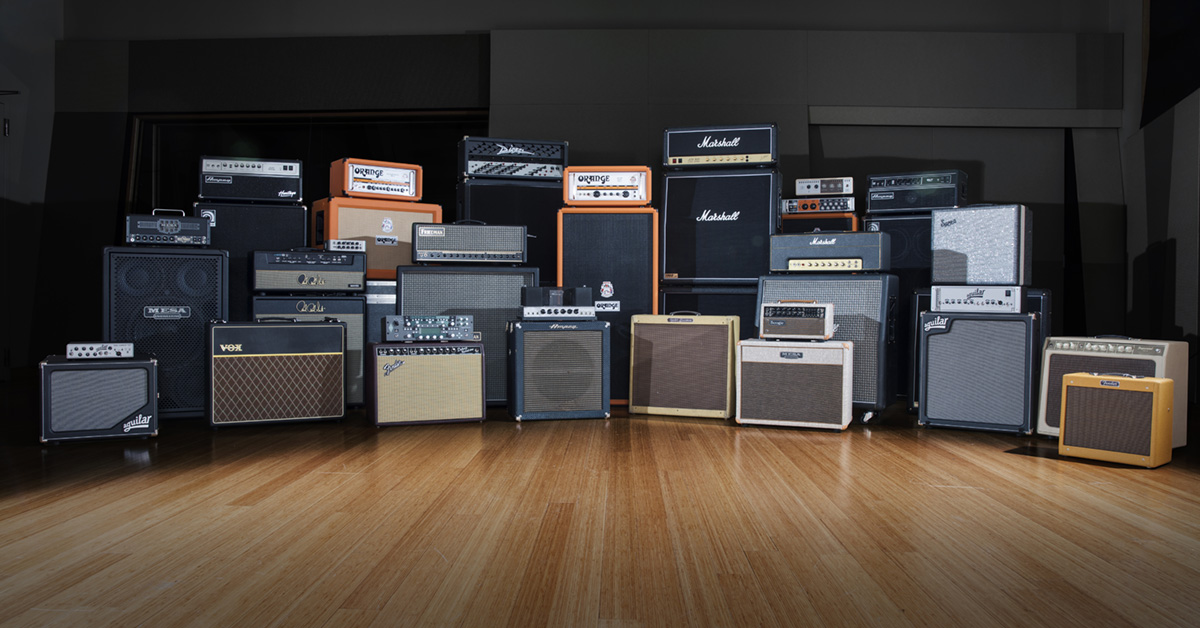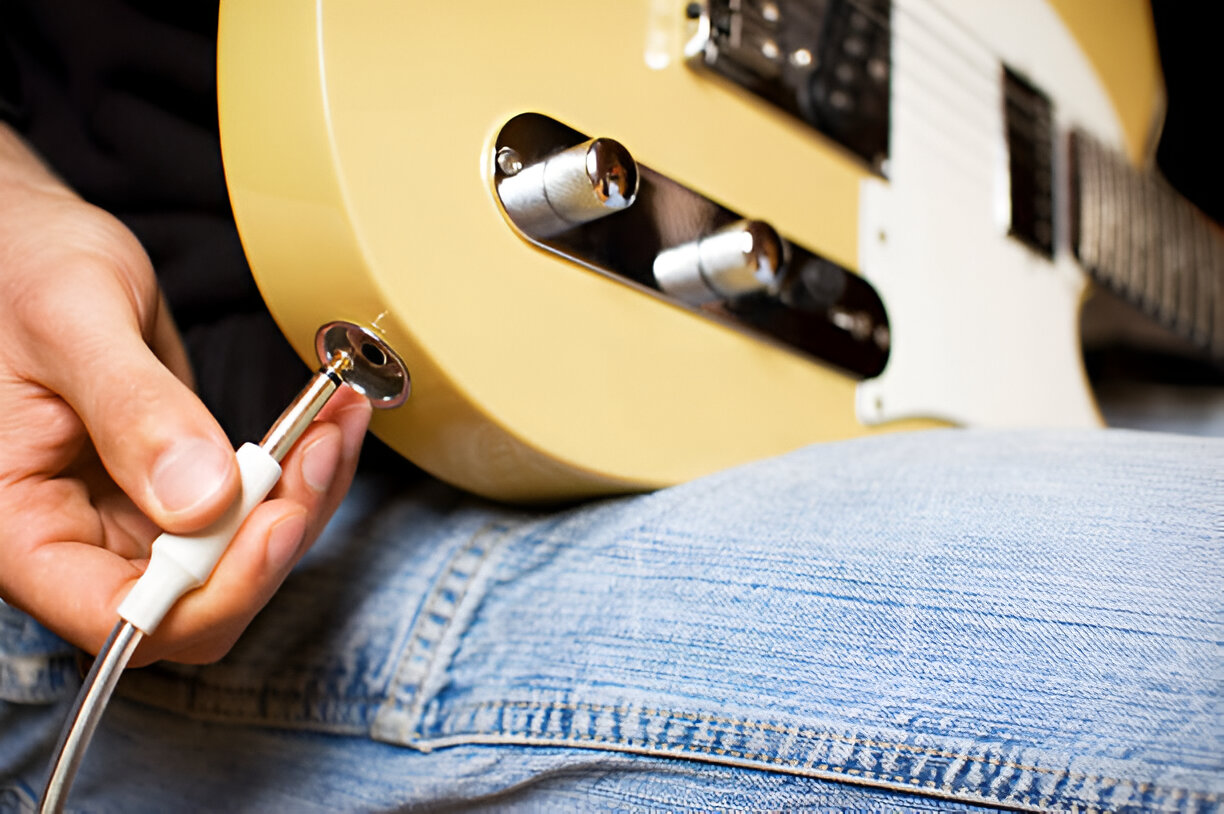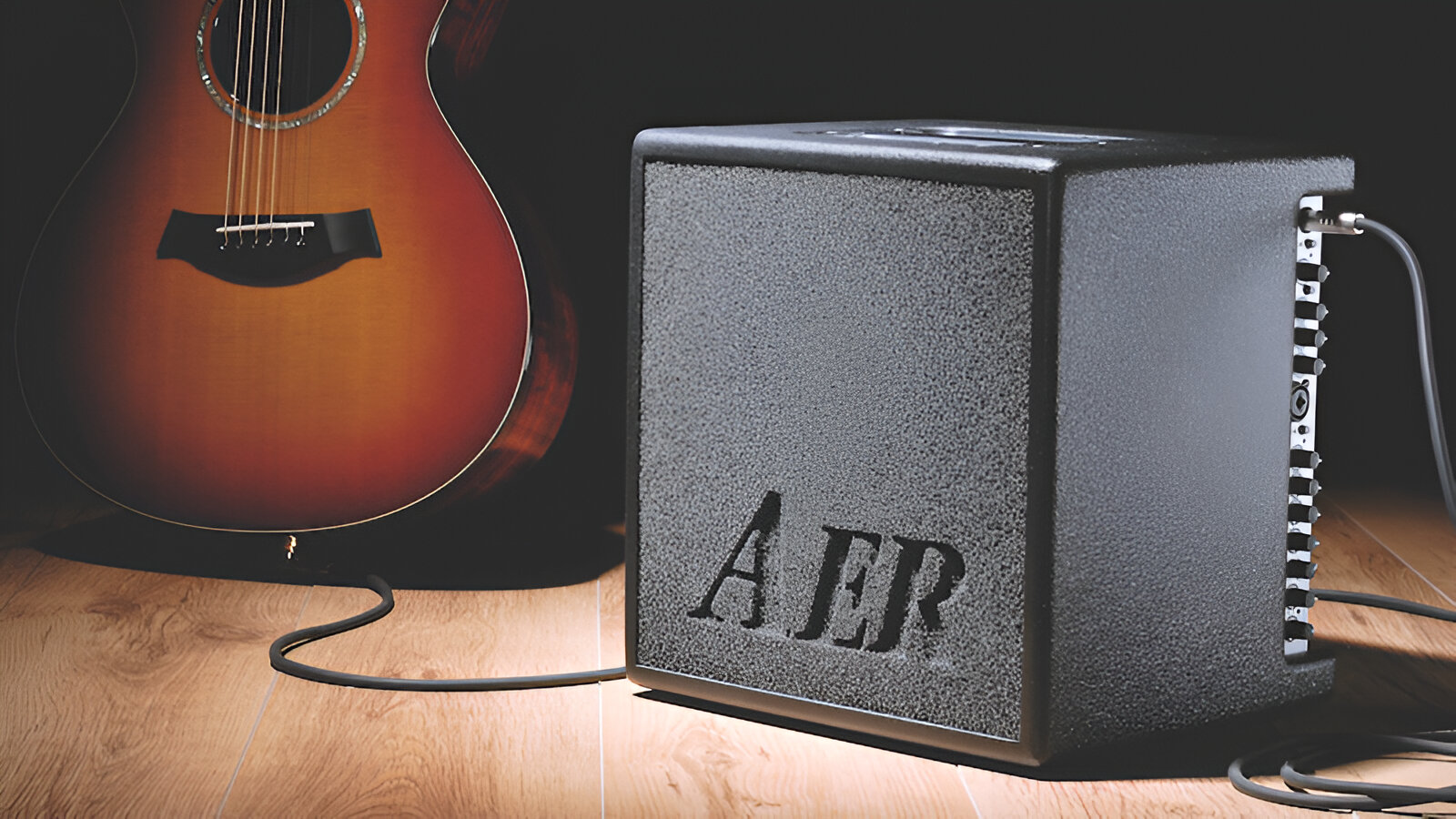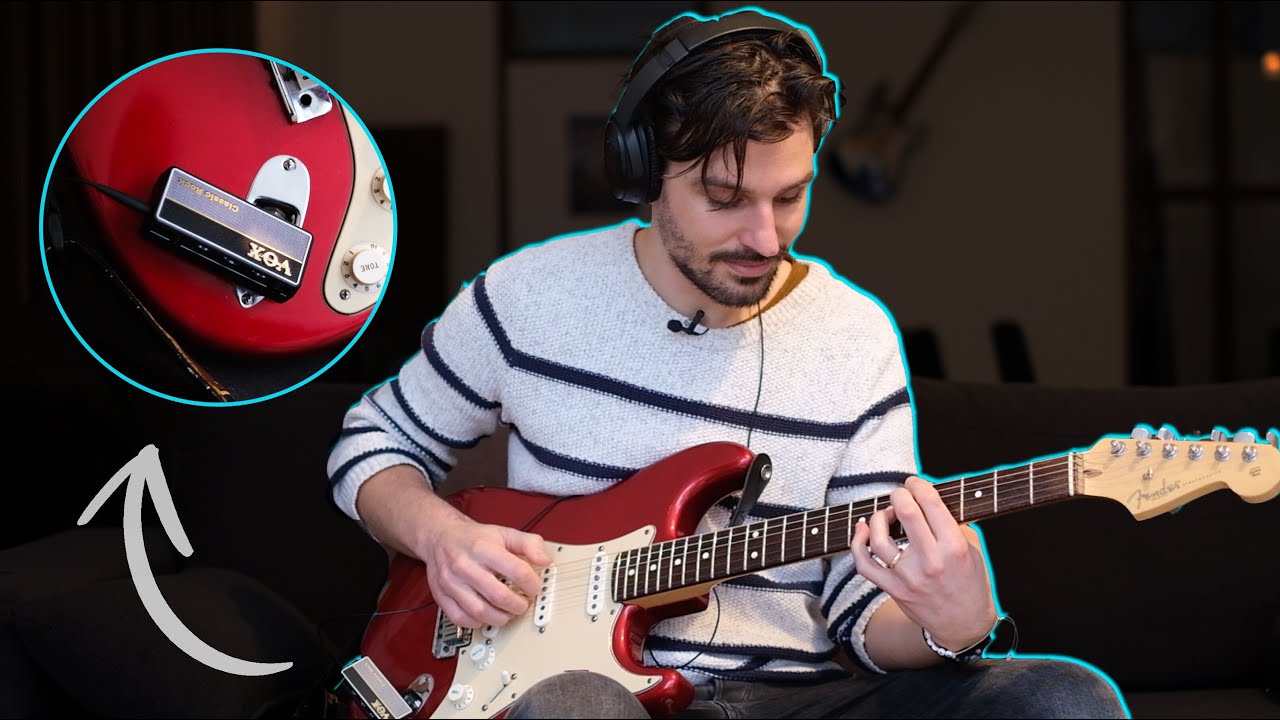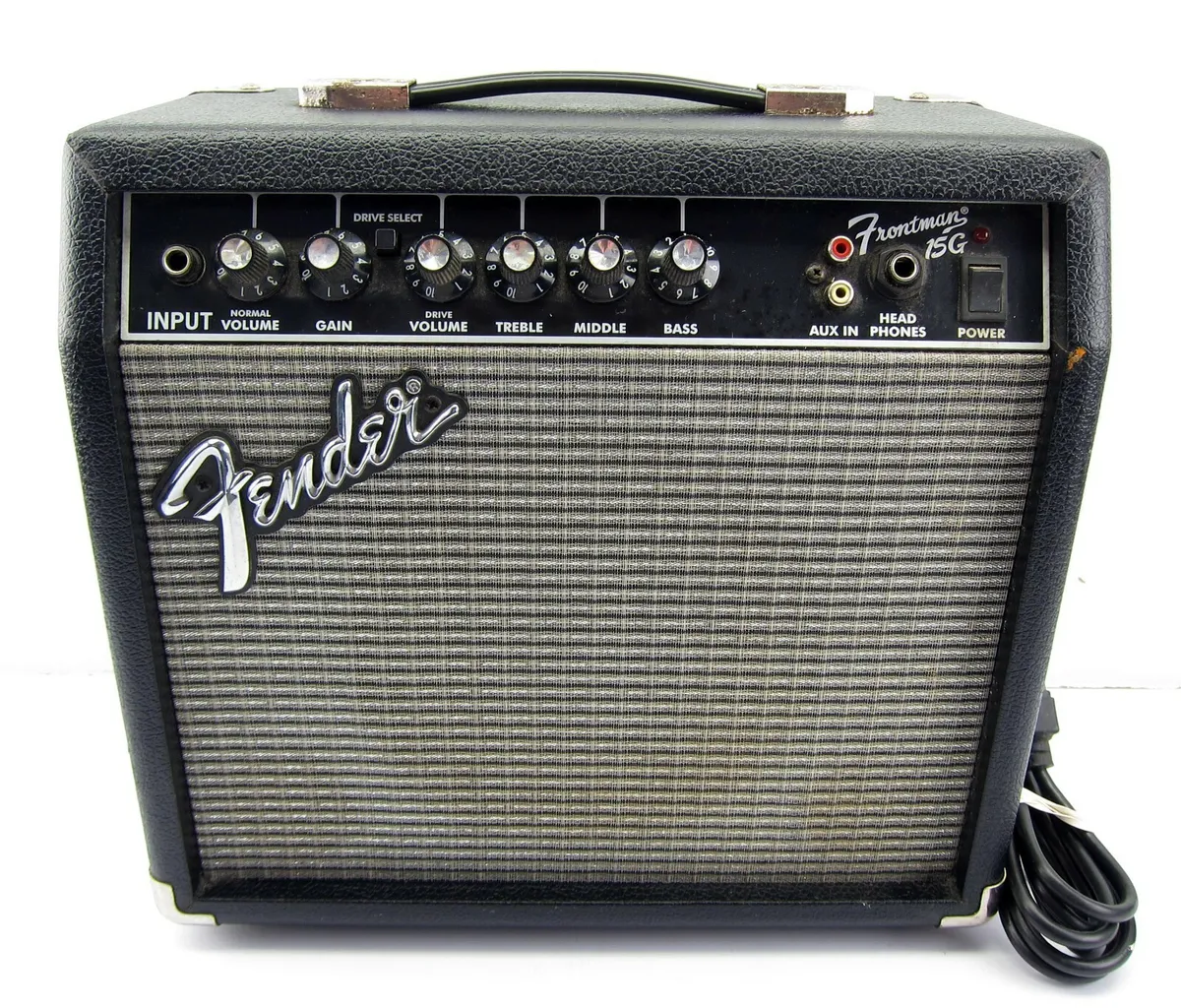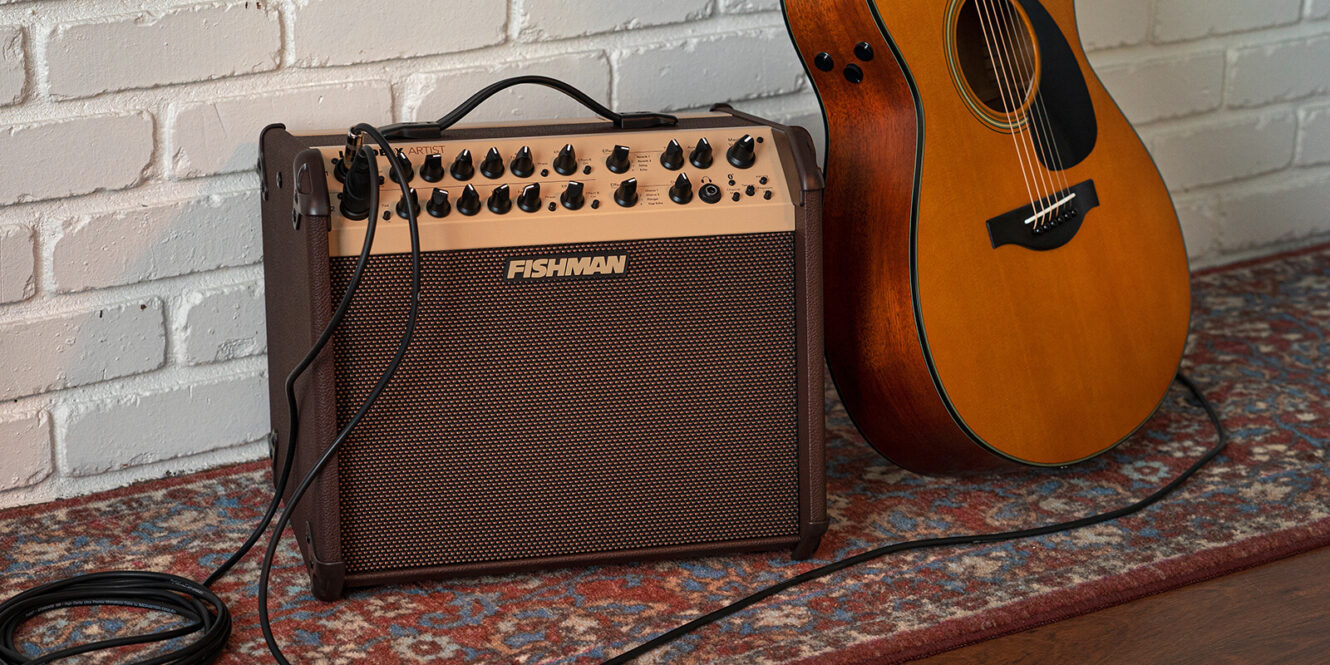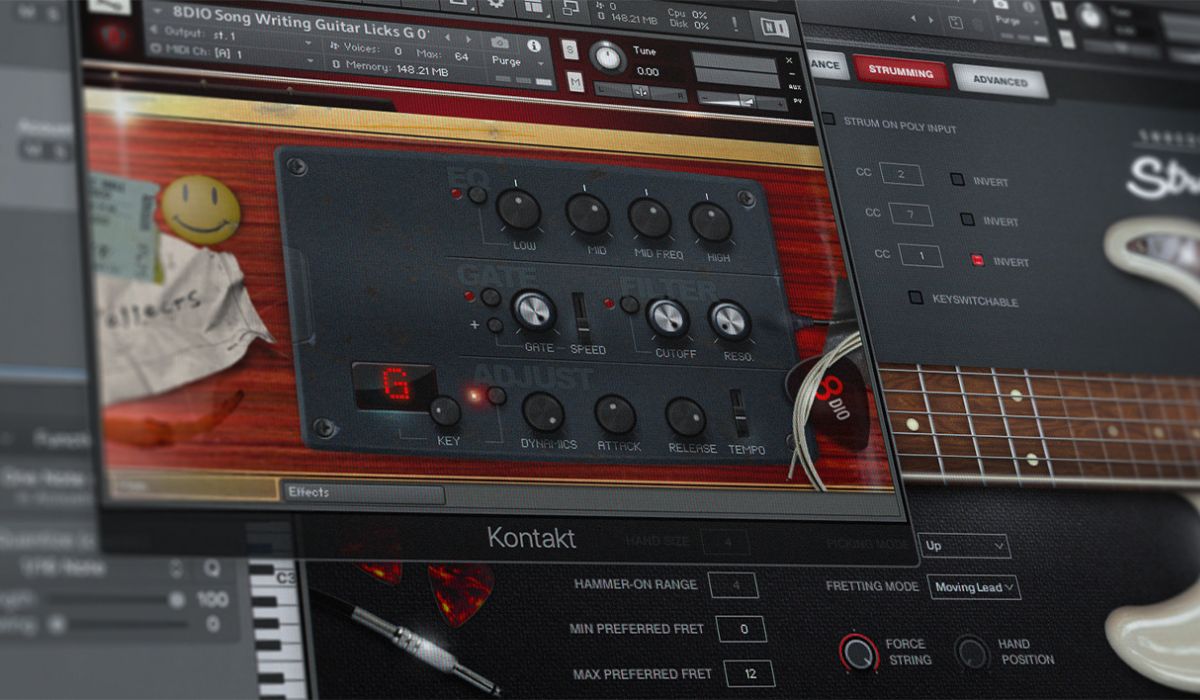Introduction
So, you've finally got your hands on an electric guitar and you're ready to rock out like never before. But wait! Before you can unleash those killer riffs, you need to set up your electric guitar amp. Whether you're a seasoned musician or just starting out, getting the most out of your amp is crucial for achieving the perfect sound.
In this guide, we'll walk you through the essential steps to set up your electric guitar amp like a pro. From choosing the right amp to adjusting the controls and adding effects, we've got you covered. By the end of this article, you'll have the knowledge and confidence to optimize your amp for an electrifying performance.
Let's dive in and explore the world of electric guitar amps, unlocking the potential to create music that truly resonates with your soul. Whether you're aiming for a classic rock sound, a bluesy vibe, or a heavy metal crunch, the right amp setup can make all the difference. Get ready to unleash the sonic power of your electric guitar and take your music to new heights.
Choosing the Right Amp
Before diving into the technical aspects of setting up your electric guitar amp, it’s crucial to ensure that you have the right amp for your musical needs. The market is flooded with a wide array of electric guitar amps, each catering to different genres and playing styles. Here are some key factors to consider when choosing the perfect amp:
- Amplifier Type: Determine whether you need a solid-state, tube, or modeling amp. Each type offers distinct tonal characteristics and responsiveness, so it’s essential to match the amp’s type with your preferred sound.
- Wattage: Consider the amp’s wattage based on your performance requirements. Lower wattage amps are suitable for practice sessions and studio recording, while higher wattage amps are ideal for live performances in larger venues.
- Tone and EQ Options: Evaluate the amp’s tonal shaping capabilities, such as built-in equalization (EQ) controls and tone shaping knobs. These features allow you to fine-tune your sound to achieve the desired sonic characteristics.
- Portability: If you plan to gig frequently or travel with your amp, portability is a crucial factor. Look for compact and lightweight amps without compromising on sound quality.
- Effects and Features: Some amps come with built-in effects like reverb, delay, and modulation. Additionally, features such as built-in tuner, headphone output, and direct recording capabilities can enhance your overall playing experience.
By carefully considering these factors, you can narrow down your options and select an electric guitar amp that aligns with your musical style and performance requirements. Whether you’re drawn to the warm, vintage tones of a tube amp or the versatility of a modeling amp with various amp simulations, choosing the right amp sets the foundation for a stellar sonic journey.
Setting Up the Amp
Now that you’ve chosen the perfect electric guitar amp, it’s time to set it up for optimal performance. Properly configuring your amp not only ensures that you get the best sound possible but also extends the lifespan of your equipment. Follow these steps to set up your amp like a seasoned pro:
- Placement: Position your amp on a stable surface, ensuring that it’s away from moisture, direct sunlight, and sources of heat. This helps maintain the integrity of the amp and prevents potential damage.
- Power Connection: Use a reliable power source and the appropriate power cable for your amp. Avoid overloading electrical circuits and use a surge protector to safeguard your amp from power fluctuations.
- Speaker Connection: If your amp has an external speaker cabinet, ensure that the speaker cable is securely connected. Check the impedance matching between the amp and the speaker to prevent any damage to the equipment.
- Guitar Connection: Plug your electric guitar into the input jack of the amp using a high-quality instrument cable. Verify that the cable is in good condition to avoid signal loss or interference.
- Standby Mode: For tube amps, allow the amp to warm up in standby mode for a few minutes before engaging the power. This allows the tubes to reach their optimal operating temperature, enhancing the overall tonal quality.
By following these setup procedures, you can ensure that your electric guitar amp is ready to deliver exceptional sound quality and reliability. Taking the time to set up your amp correctly sets the stage for an immersive and enjoyable playing experience, allowing you to focus on your music without any technical distractions.
Adjusting the Controls
Once your electric guitar amp is set up and ready to go, it’s time to delve into the intricacies of adjusting the controls to sculpt your desired tone. Understanding the functions of the amp’s controls empowers you to fine-tune your sound and unlock its full potential. Here’s a breakdown of the essential controls found on most electric guitar amps:
- Gain: The gain control regulates the amount of distortion or overdrive in your tone. Lower settings produce cleaner tones, while higher settings introduce grit and sustain, ideal for rock and blues genres.
- Volume: Adjust the overall volume level of the amp to suit your playing environment. Be mindful of the amp’s wattage and avoid excessive volume levels that could cause distortion or damage the speakers.
- Equalization (EQ): Most amps feature bass, mid, and treble EQ knobs to shape the tonal characteristics of your sound. Experiment with these controls to achieve a balanced and nuanced sonic profile.
- Reverb: If your amp includes a reverb effect, adjust the reverb level to add depth and ambience to your sound. Use it sparingly for a subtle touch or dial it up for a more atmospheric quality.
- Presence and Resonance: Some amps offer presence and resonance controls, which influence the overall clarity and depth of your tone. Tweak these settings to enhance the amp’s responsiveness and punch.
When adjusting the controls, it’s essential to trust your ears and experiment with different settings to find the perfect balance for your playing style and musical genre. Additionally, familiarize yourself with the amp’s user manual to understand the specific functions of each control and how they interact with one another.
Remember, the beauty of electric guitar amps lies in their versatility, allowing you to craft a diverse range of tones to suit various musical contexts. By mastering the art of control adjustment, you can unleash a spectrum of captivating sounds that resonate with your artistic vision.
Adding Effects
Enhancing your electric guitar’s sonic palette with effects can elevate your playing to new heights, adding depth, texture, and ambience to your sound. Most modern electric guitar amps come equipped with built-in effects, offering a convenient way to experiment with various tonal enhancements. Here are some common effects found in electric guitar amps:
- Reverb: A staple effect that simulates the natural reverberation of different spaces, from intimate rooms to vast halls. Adjust the reverb level to infuse your sound with lush, atmospheric reflections.
- Delay: Create echoes and rhythmic repetitions of your guitar’s signal, adding a sense of spaciousness and rhythmic intricacy to your playing. Experiment with delay time and feedback for diverse sonic textures.
- Modulation: Modulation effects like chorus, phaser, and flanger impart a swirling, undulating character to your sound, ideal for adding movement and dimension to your playing.
- Distortion/Overdrive: These effects push your amp into high-gain territory, delivering searing lead tones and aggressive rhythm crunch. Dial in the level of distortion to suit your musical style, from classic rock to modern metal.
- Wah-Wah: A dynamic effect that alters the guitar’s tone by sweeping through a range of frequencies, creating expressive, vocal-like sounds. Control the wah effect with a foot pedal for dynamic articulation.
When incorporating effects, it’s essential to exercise restraint and tastefulness, allowing the natural character of your guitar and amp to shine through. Experiment with different effect combinations and settings, paying attention to how they interact with your playing dynamics and musical expression.
Furthermore, consider utilizing external effect pedals or multi-effects units to expand your sonic possibilities. These versatile tools offer an extensive array of effects, amp simulations, and signal processing capabilities, granting you the freedom to sculpt your ideal guitar tones with precision.
By judiciously integrating effects into your amp setup, you can craft captivating soundscapes that captivate listeners and invigorate your musical creativity. Embrace the art of sonic exploration and let your unique voice shine through the captivating tapestry of effects at your fingertips.
Conclusion
Congratulations! You’ve embarked on a journey to unravel the secrets of setting up an electric guitar amp, paving the way for a sonic adventure filled with boundless creativity and expressive potential. By carefully selecting the right amp, configuring it for optimal performance, mastering control adjustments, and exploring a myriad of effects, you’ve equipped yourself with the tools to sculpt your signature sound and unleash your musical vision.
As you continue to hone your craft, remember that the art of amp setup is an ongoing exploration, shaped by your evolving musical tastes and artistic aspirations. Embrace the process of experimentation, trust your ears, and allow your intuition to guide you in crafting tones that resonate with your soul.
Whether you’re captivated by the searing crunch of overdriven distortion, the ethereal allure of ambient reverb, or the rhythmic allure of modulated textures, your electric guitar amp stands as a faithful ally in your sonic odyssey. Let it be the conduit through which your musical expressions flow, breathing life into every note and chord you play.
So, go forth with confidence, armed with the knowledge and insight to harness the full potential of your electric guitar amp. Let your music reverberate with passion, authenticity, and the unmistakable imprint of your artistic identity. The stage is set, the amp is primed—now it’s your turn to unleash the electrifying power of your sound and make your musical mark on the world.







